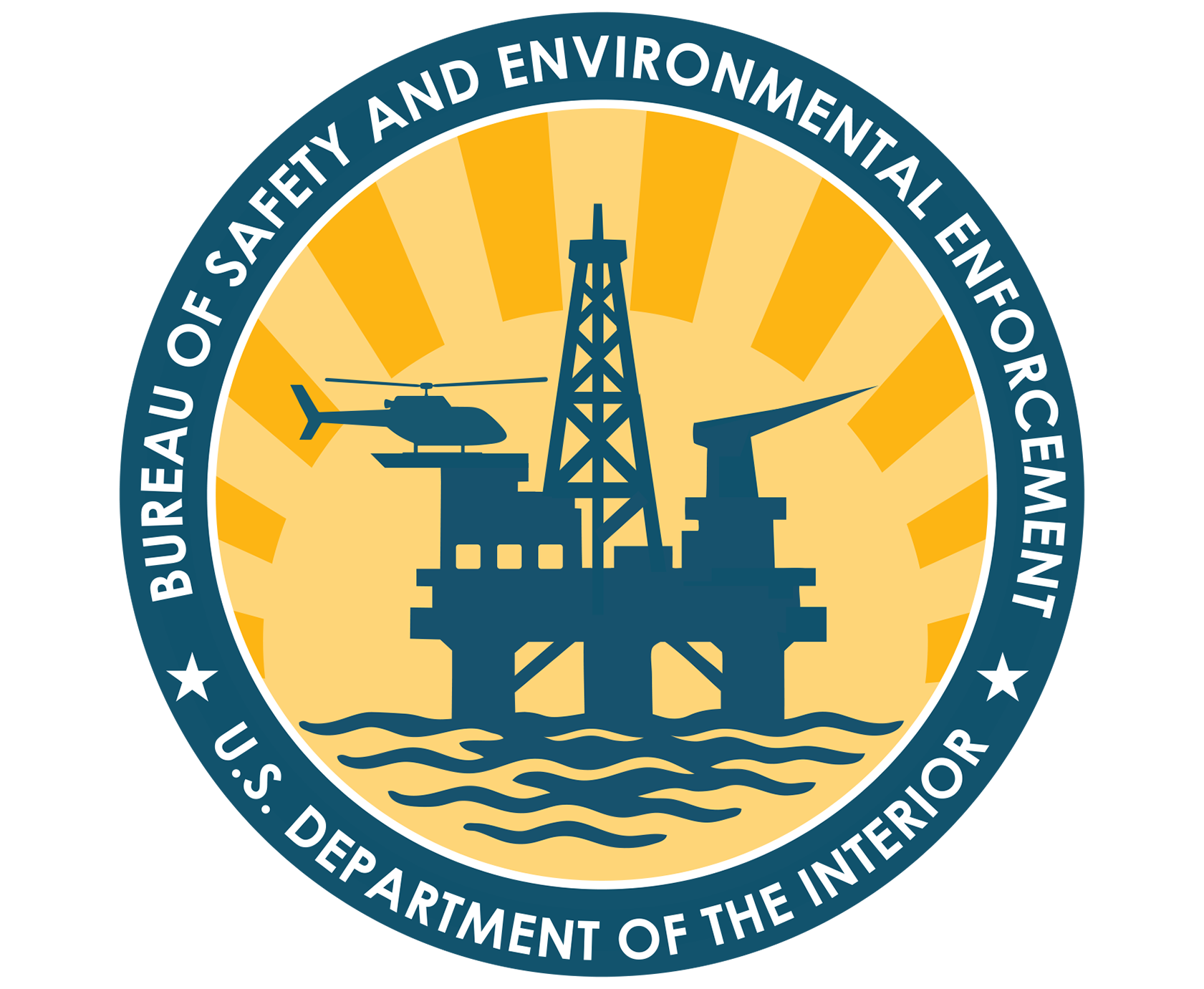When an accidental spill releases crude and fuel oils into the environment, information on the spatial extent, slick thickness, and emulsification state become essential for operational decision-making during an oil spill. These variables describe the amount of spilled oil present and its weathering state. This information determines how oil moves on the sea surface or mixes into a water column. The variables also provide information on ‘actionable oil’ and influence the allocation of spill response resources and countermeasure options (vessels, booms, skimmers, in situ burning). Obtaining spatial extent or surface expression of oil slicks can be accomplished in various ways with reasonable certainty, such as through visual confirmation from aerial or ship surveys. The presence of slicks can also be determined by aerial surveys with instrumentation such as cameras and push broom scanners, laser fluorosensors, active microwave sensors like Synthetic Aperture Radar (SAR), and multispectral, visible, near-IR, and thermal IR sensors.
LiDAR technology has seen a few developments in recent years — namely, the sensor modules are becoming more affordable and significantly lighter. This miniaturization has allowed the rapid evolution of payloads on Uncrewed Aerial Vehicles (UAVs), and these platforms are now a powerful tool for data acquisition and mapping in various fields due to their versatility, cost- effectiveness, and ability to access hard-to-reach areas. The fusion of LiDAR technology with UAVs presents a compelling and innovative solution for many applications, promising to overcome traditional limitations and revolutionize surveying, monitoring, and mapping methodologies.
This 2-year project will implement the lessons learned from previous BSEE/NOAA/USCG projects related to NRL LiDAR oil research. This study aims to: (1) Develop and construct a compact UAV LiDAR system tailored for efficient oil spill response and (2) Identify the most suitable UAV platform—whether fixed-wing or multi-rotor—as well as the optimal motion profiles for effective oil spill monitoring and mitigation.
Date of Summary 06/16/2025
